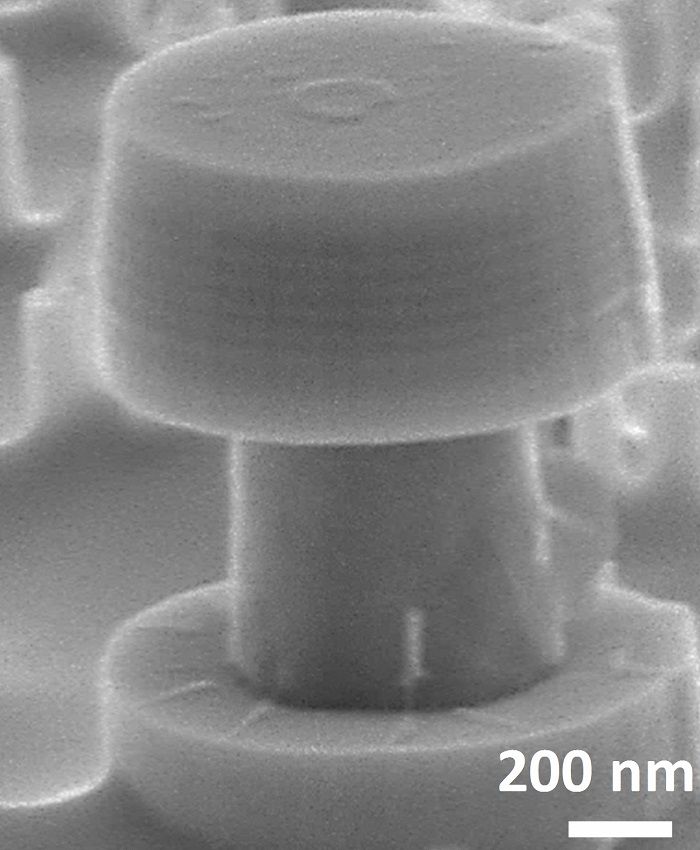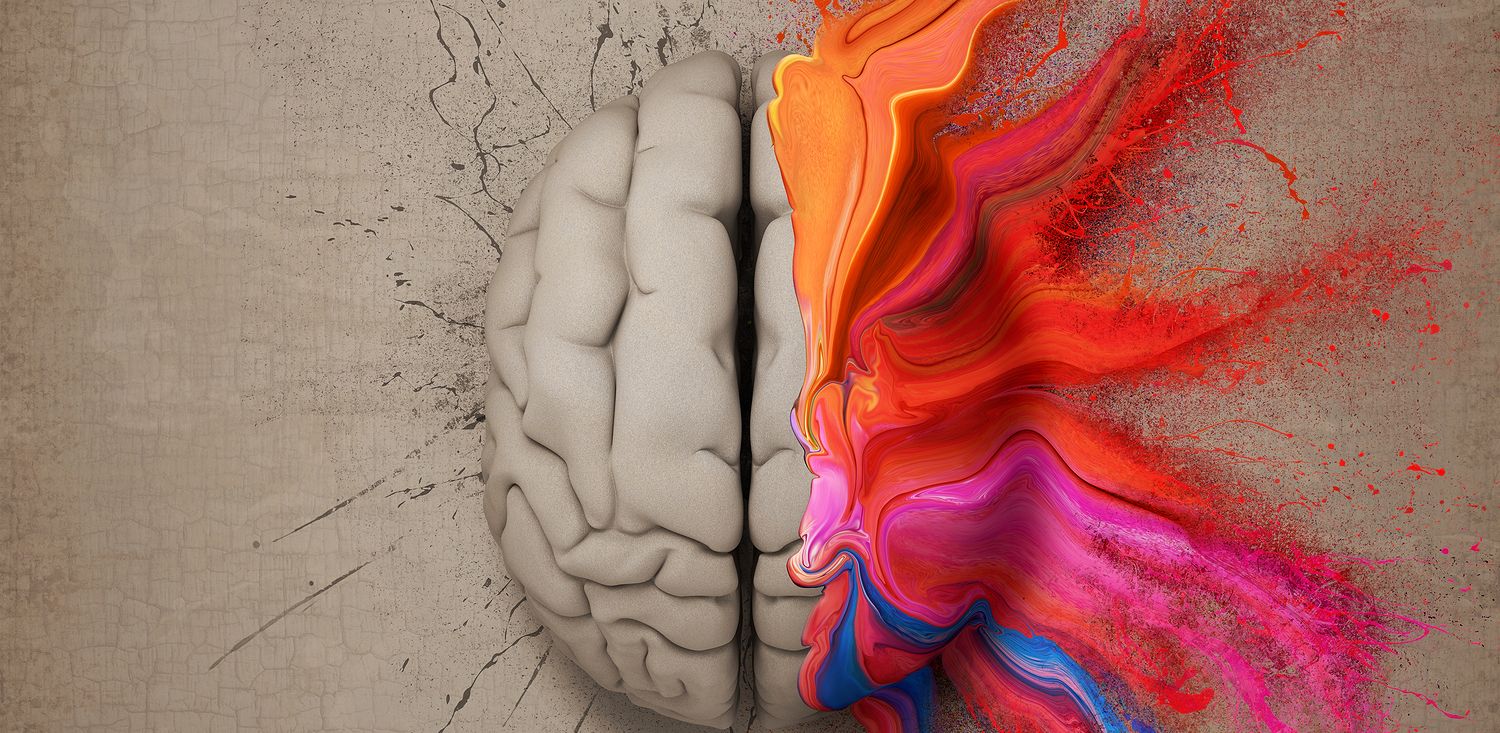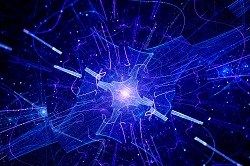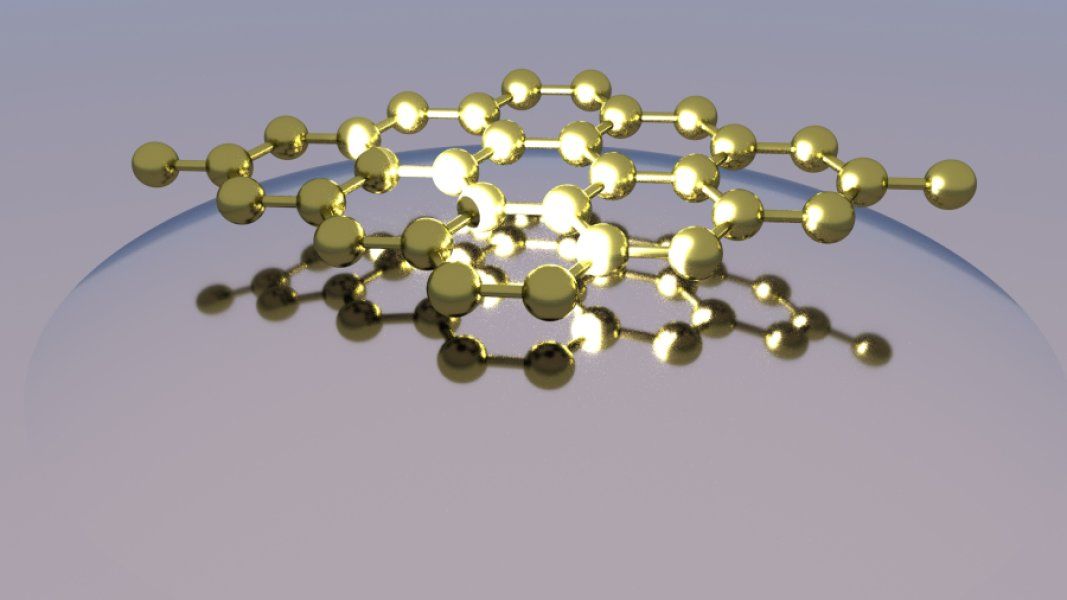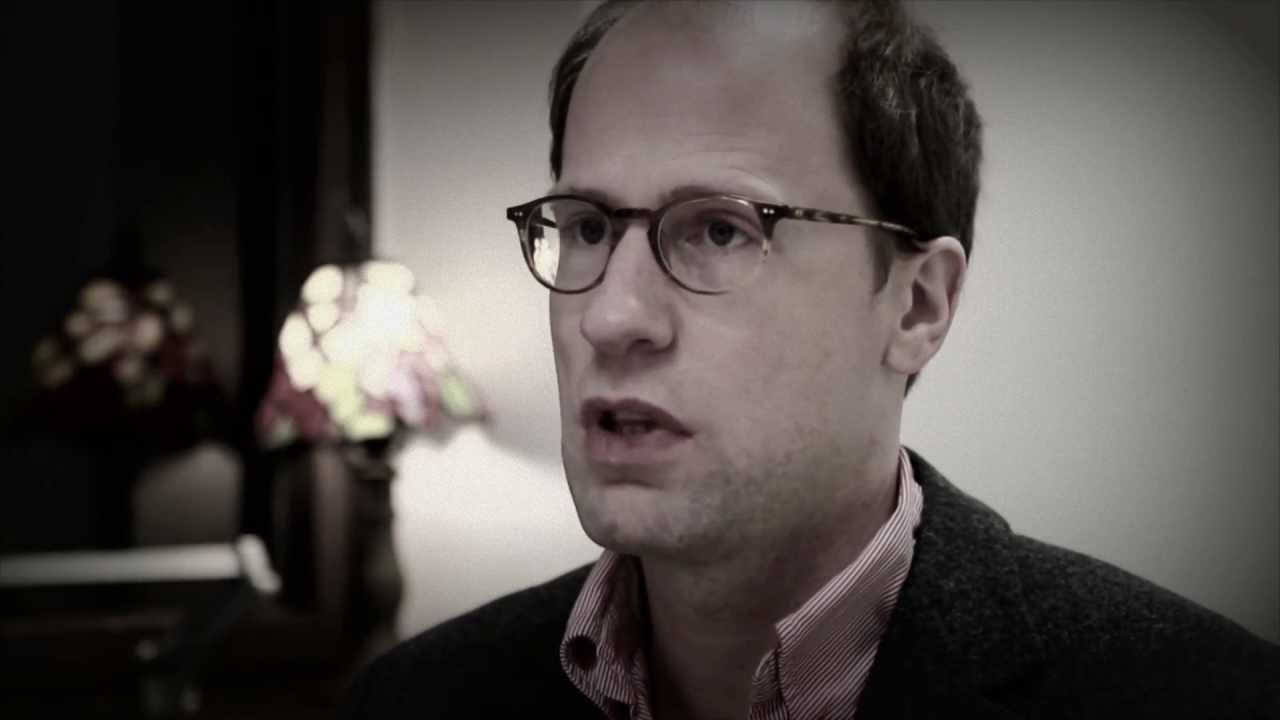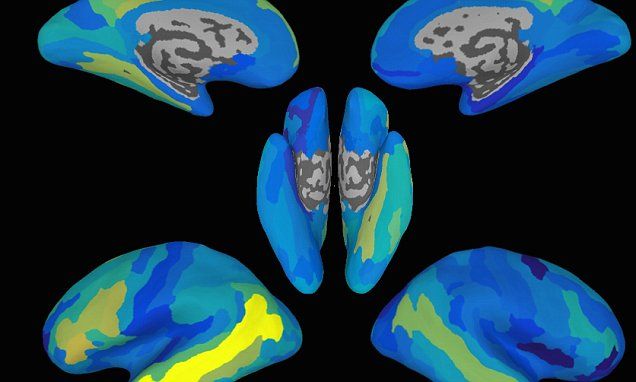Aug 22, 2016
HKUST Develops Tiny Lasers that Opens New Era for Light-based Computing
Posted by Karen Hurst in categories: computing, engineering, physics, solar power, sustainability
Congrats Hong Kong Univ.
Researchers at The Hong Kong University of Science and Technology (HKUST) have fabricated microscopically-small lasers directly on silicon, enabling the future-generation microprocessors to run faster and less power-hungry – a significant step towards light-based computing.
The innovation, made by Prof Kei-may Lau, Fang Professor of Engineering and Chair Professor of the Department of Electronic and Computer Engineering, in collaboration with the University of California, Santa Barbara; Sandia National Laboratories and Harvard University, marks a major breakthrough for the semiconductor industry and well beyond.
Continue reading “HKUST Develops Tiny Lasers that Opens New Era for Light-based Computing” »
